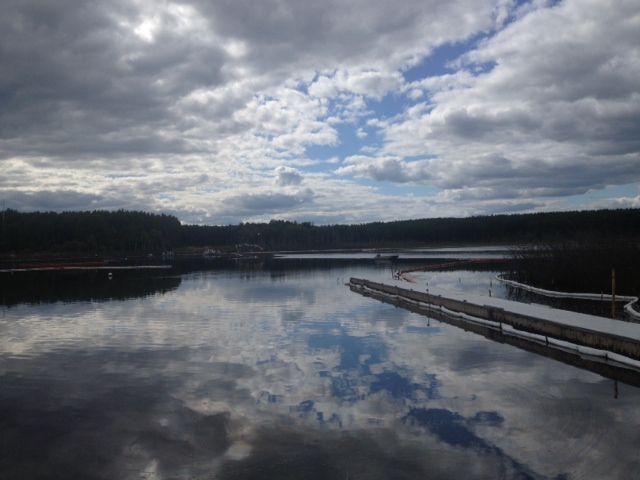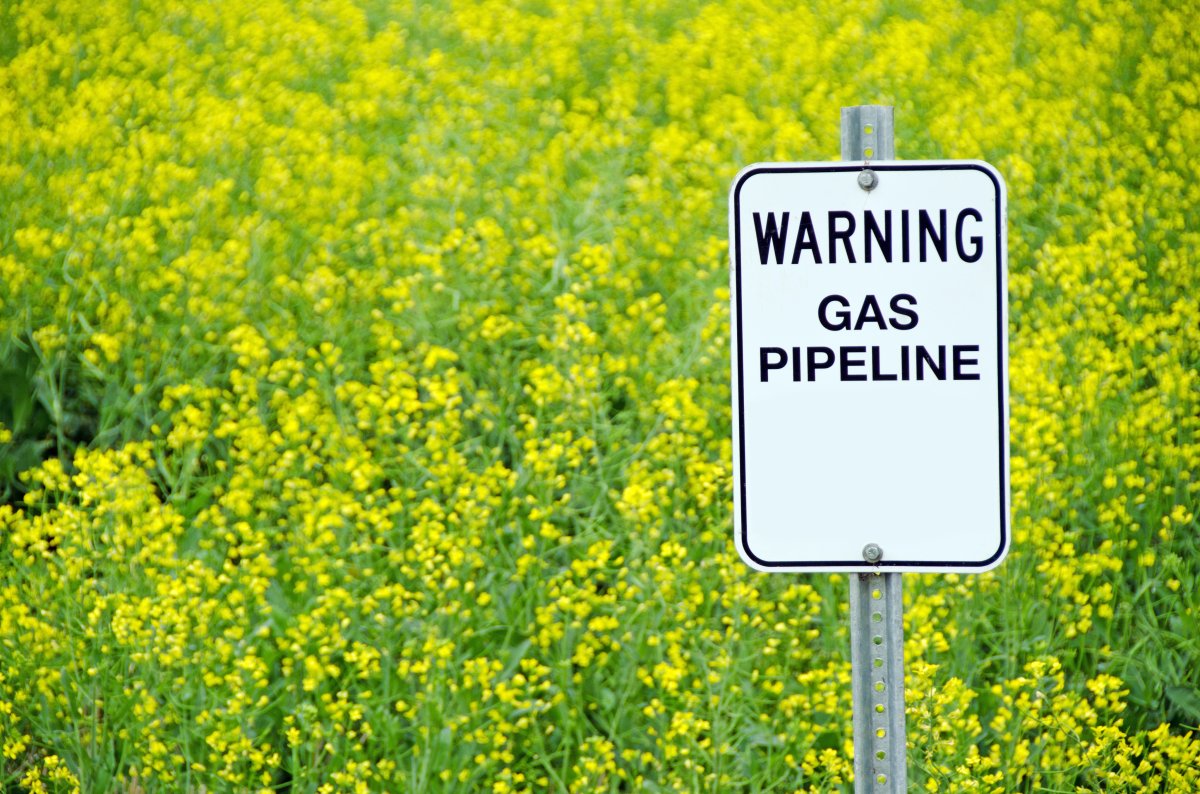Alberta Energy Minister Ken Hughes has been getting a rough ride lately over his pipeline safety review.

Commissioned in July, 2012, completed in December and made public the following August, the 54-page report compared Alberta’s pipeline regulations to those of other jurisdictions. Turns out they stack up well.
It did not, however, look at whether those rules are being followed and enforced.
Nor did it look at any actual pipeline incidents.
That omission, especially given several high-profile spills, has drawn harsh criticism from across the political spectrum.
The NDP’s Rachel Notley, who has been calling for an audit for more than a year, welcomed Auditor-General Merwan Saher’s indication he’ll look into the pipeline safety issue.
Even the Wildrose Party, not a huge fan of interventionist regulation, says Albertans deserve to know whether rules governing the growing oil industry are being followed.

Asked about criticisms of the scope of his audit in a telephone interview Thursday, Hughes told Global News “we were provided with a report that found Alberta has the appropriate regulations in place.
“But, in addition to that, people simply have to go to the Alberta Energy Regulator website and see the evidence of how those regulations are implemented over time.”
The Alberta Energy Regulator, formerly the Alberta Energy Resources Conservation Board, is the province’s oversight body when it comes to the energy industry.
Take a sec to check out its website. We’ll wait.
So, what do you find?
More than you would’ve a few months ago: Shortly after a Global News investigation into oil spills and oversight noted how hard it is to get ostensibly public incident information, the board started publishing some of that info to its website.
This tells you a bit about every energy-related incident the regulator knows about, including what was spilled, where, from what kind of facility and who the licensee (the company involved) is. It may give some details on what happened, the cause and any mitigation work.
But what if you’re wondering who’s breaking the rules, or how inspections are going?
You can find monthly enforcement actions here. And the regulator tends to make more high-profile investigations public – those are posted here.
But many smaller-scale investigations are bundled into the regulator’s statistical reports, released annually. The field surveillance reports include such info as how many blowouts there have been at different facility types, how many inspections and how many enforcement actions. But no companies are named; no specifics given.
The variables the regulator tracks, the way it tracks them and even how they’re named change from year to year, making it tough to see what’s getting better or worse.
And much of this incident information is self-reported – this is what companies tell the regulator, not what independent inspectors find on their own.
We asked for a breakdown of how much of that info is self-reported, and didn’t get one. But in an email in May, regulator spokesman Darin Barter said “it would be inaccurate to say that all, or even most, incidents are self reported. Incidents have been discovered by our field inspectors, other inspection agencies, the public, other companies. Invariably, either through intentional means, or through many other stakeholders, we find out about incidents and investigate.”
Both provincial and federal reports have cautioned against relying too much on companies telling you when something’s messed up.
Here’s the NDP’s Rachel Notley talking to reporters about it in Edmonton this week:
Which brings us to Hughes’ other point, one you will hear from any industry or government representative talking about Alberta’s oilsands: As the province’s pipeline network grows, there have been fewer spills per kilometre – from five in 1990 to 1.5 today. In that time, the province’s pipeline inventory has grown from about 150,000 kilometres to more than 400,000.
But there are also fewer inspections to deal with that growing industry: The regulator conducted fewer inspections in 2011 than 2010, even though there was about 8,700 more kilometres pipeline to inspect that year (incidents of “high-risk non-compliance,” on the other hand, did increase).
The regulator’s budget has been largely stagnant since 2009 and its new CEO Jim Ellis said this spring there were no additional cash infusions in the offing.
But the regulators “are doing things very well,” Ellis said at the time. “The system is working.”
It’s now up to Merwan Saher to see whether that’s the case.
Here’s Energy Minister Ken Hughes talking to Leslie Young earlier this year about the revamped Alberta Energy Regulator. We’ve been promised more transparency and are frankly pretty psyched.
Last updated Sept. 14, 2013 at 12:15pm





Comments